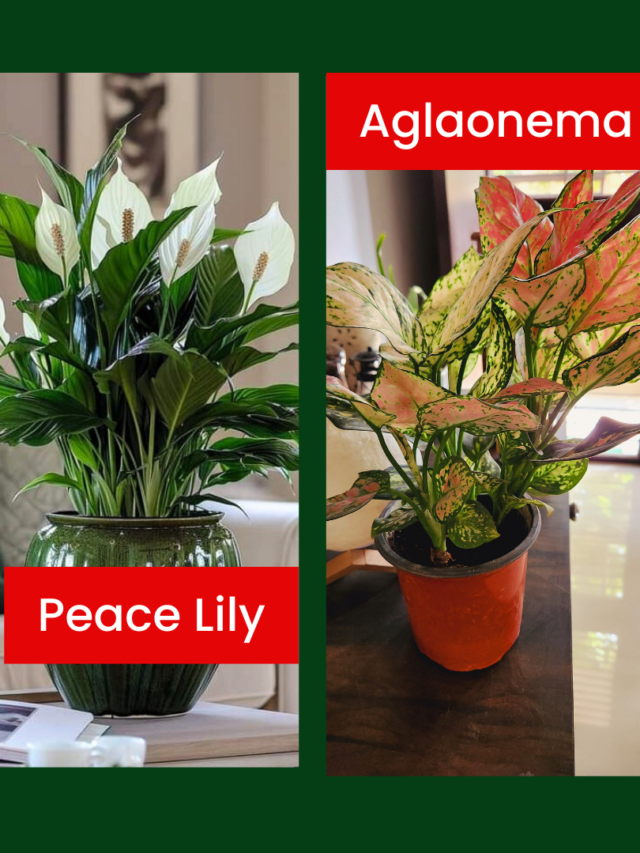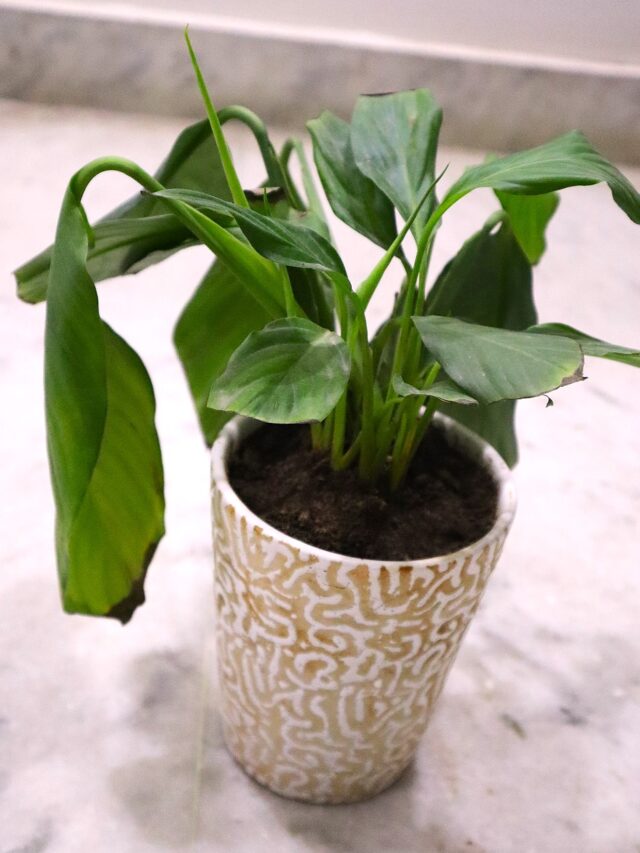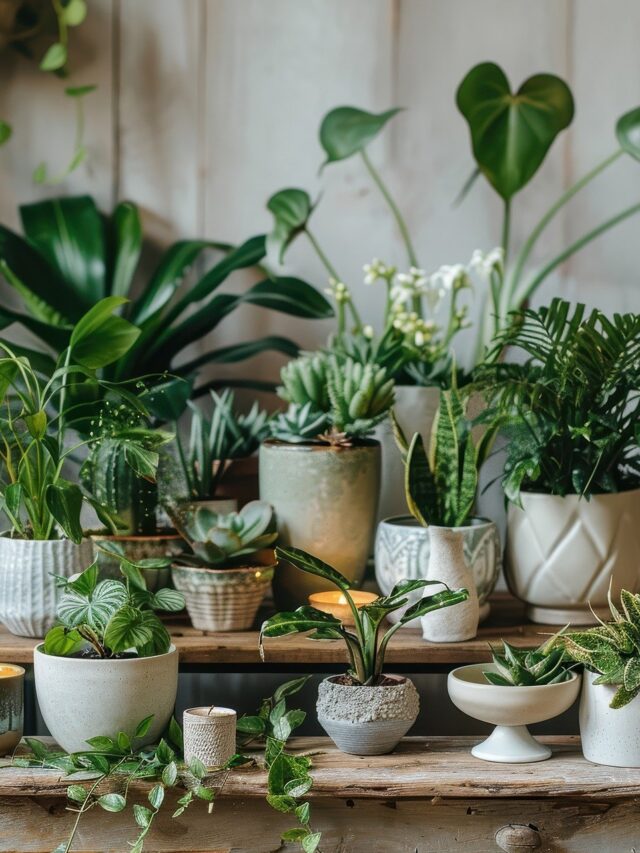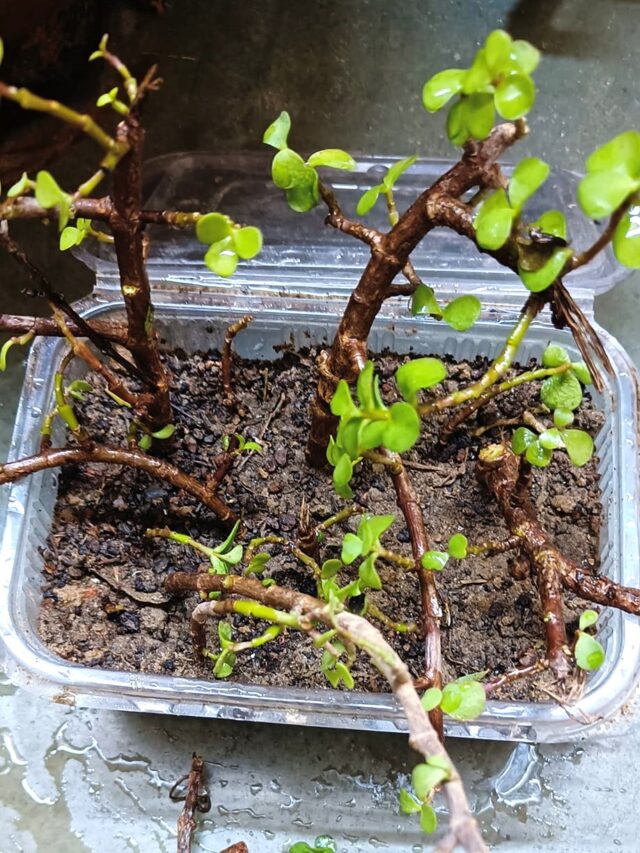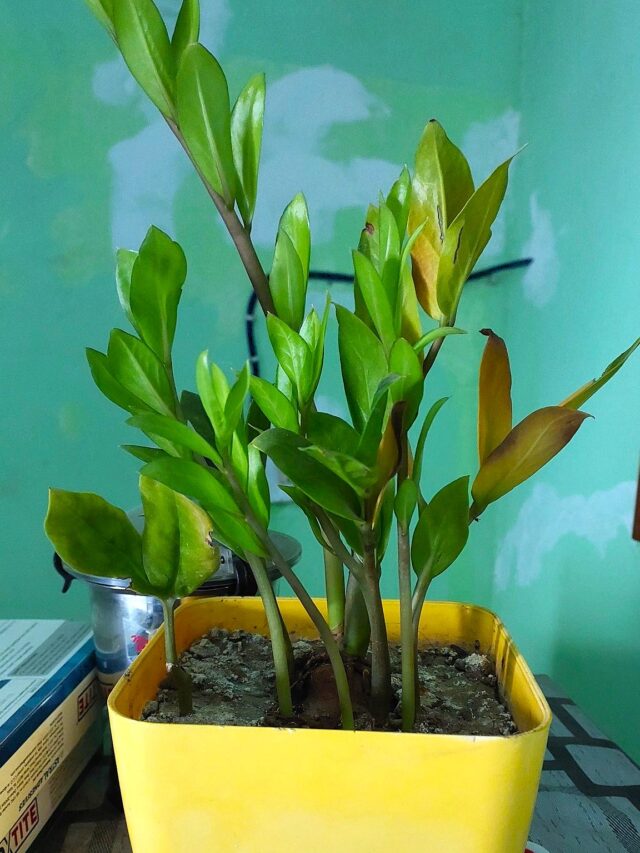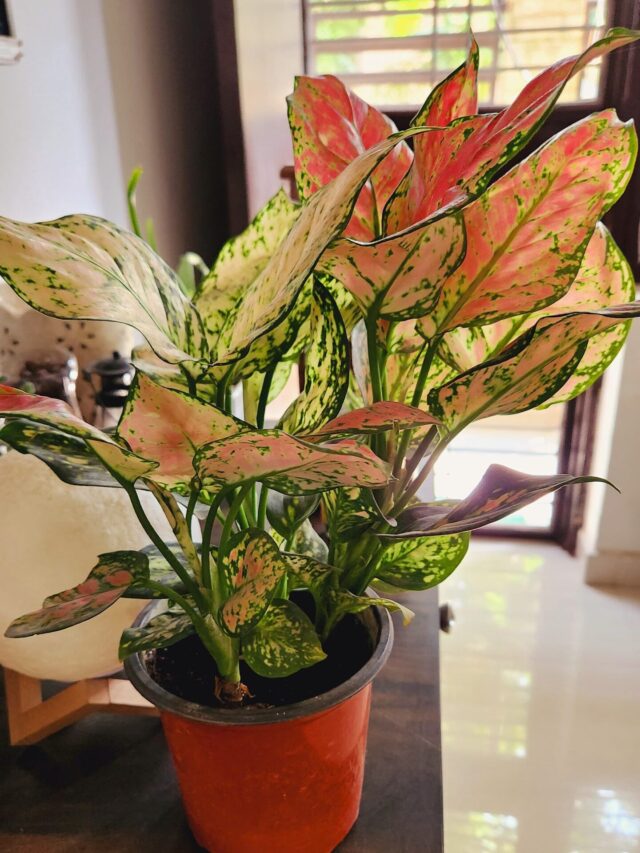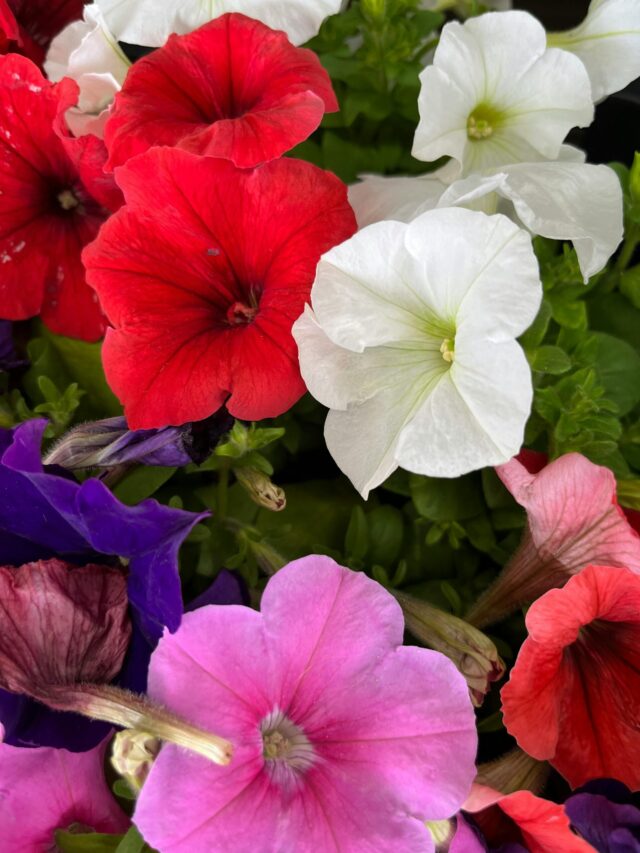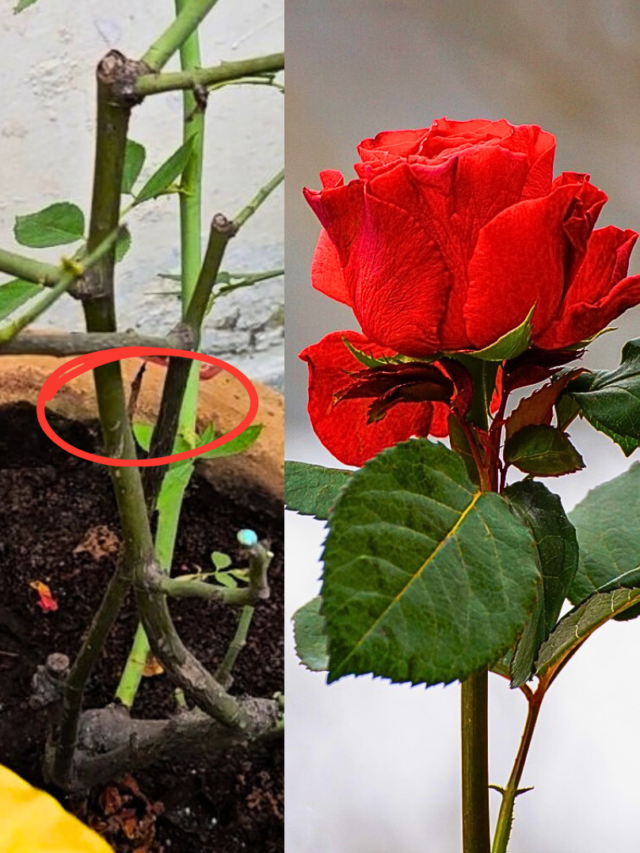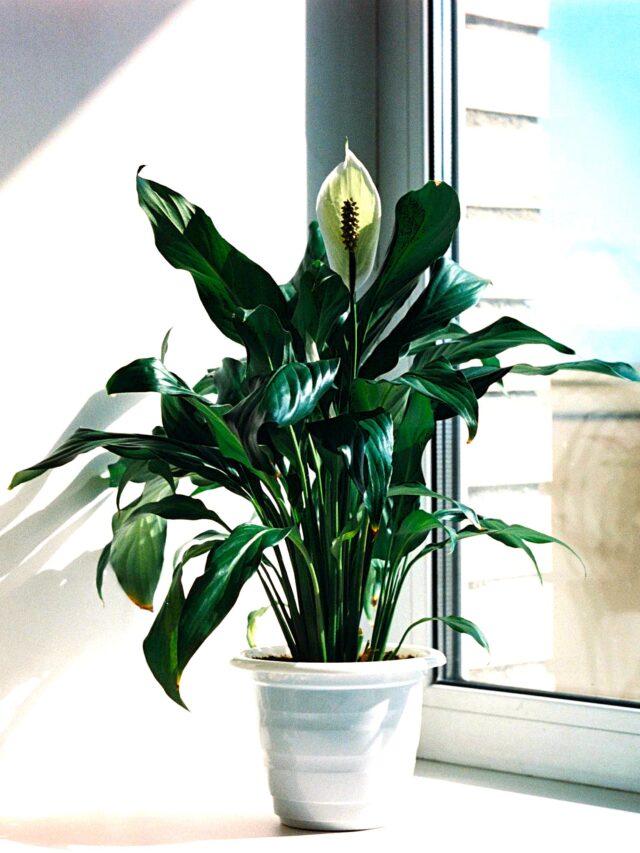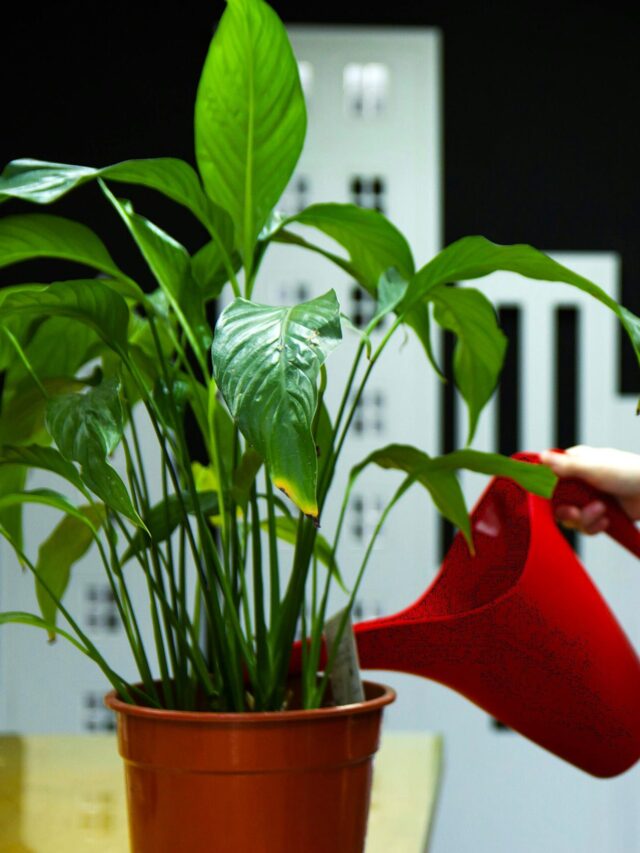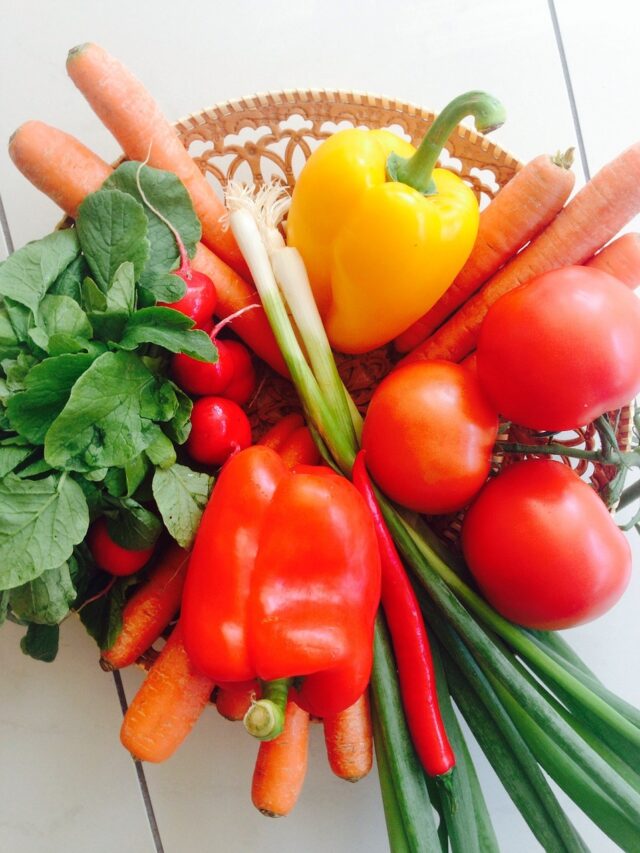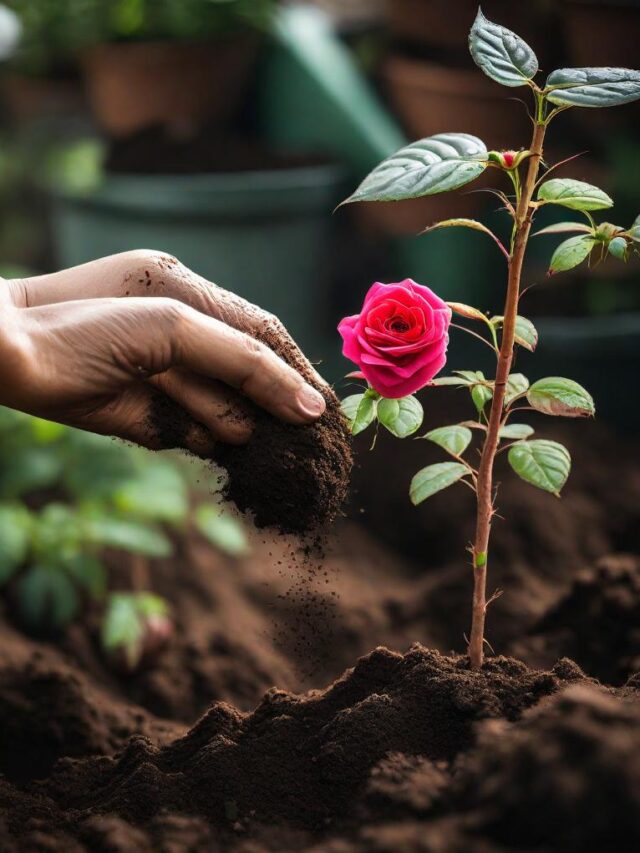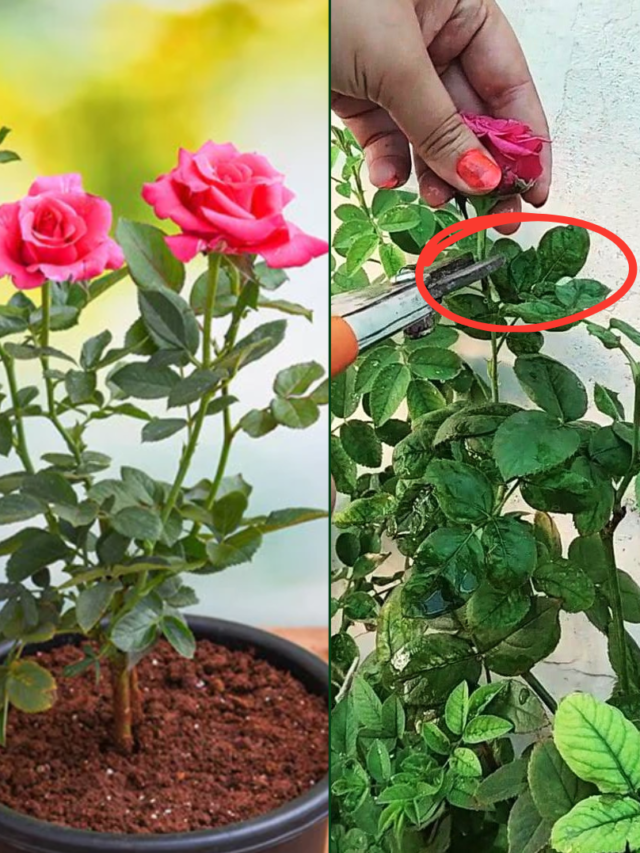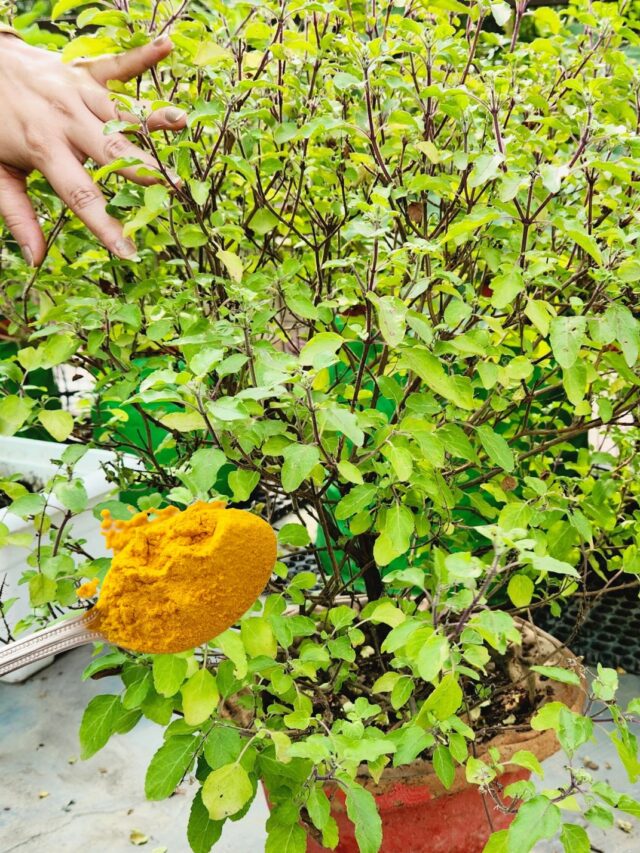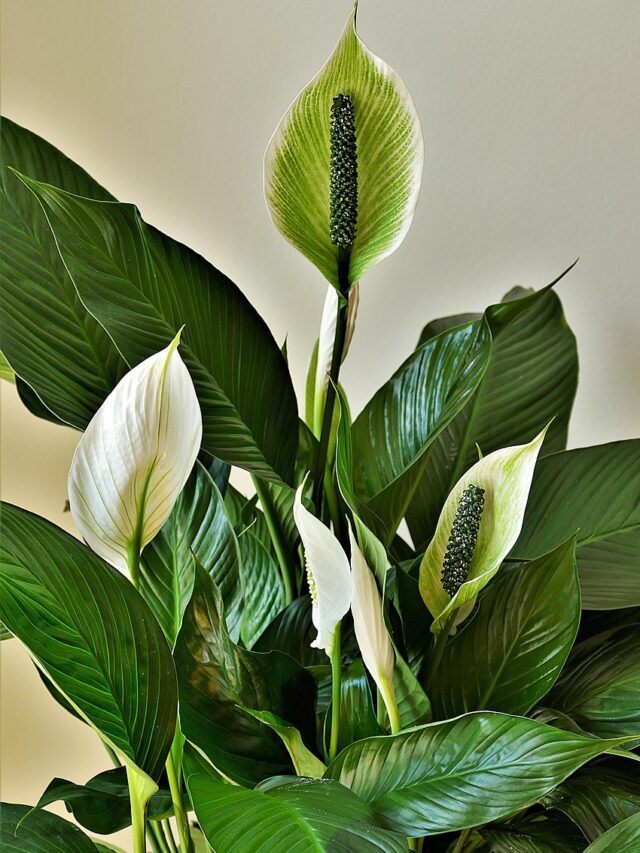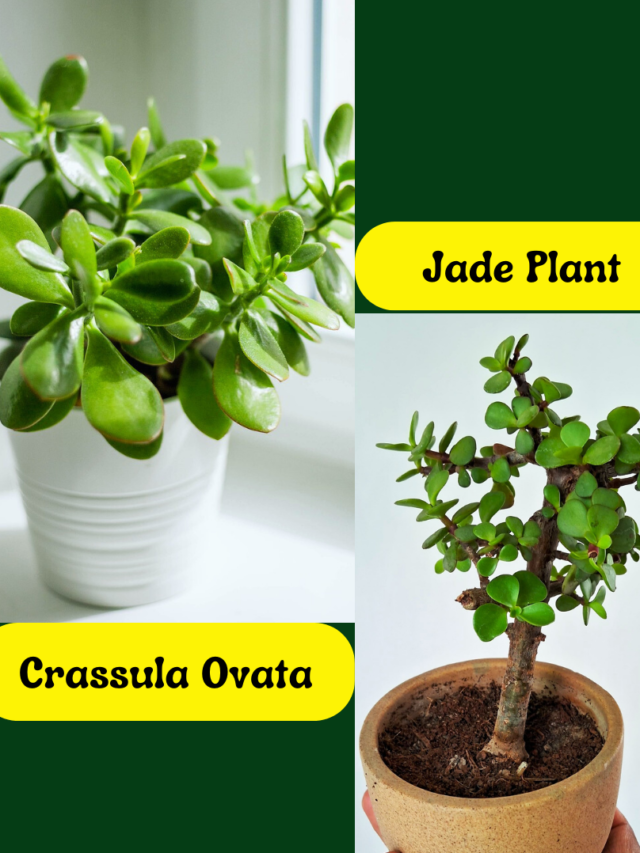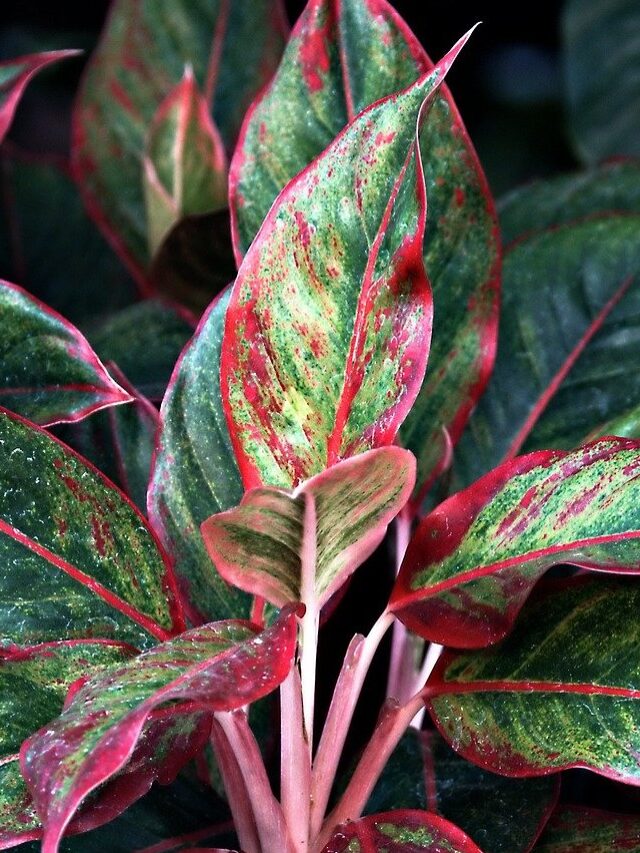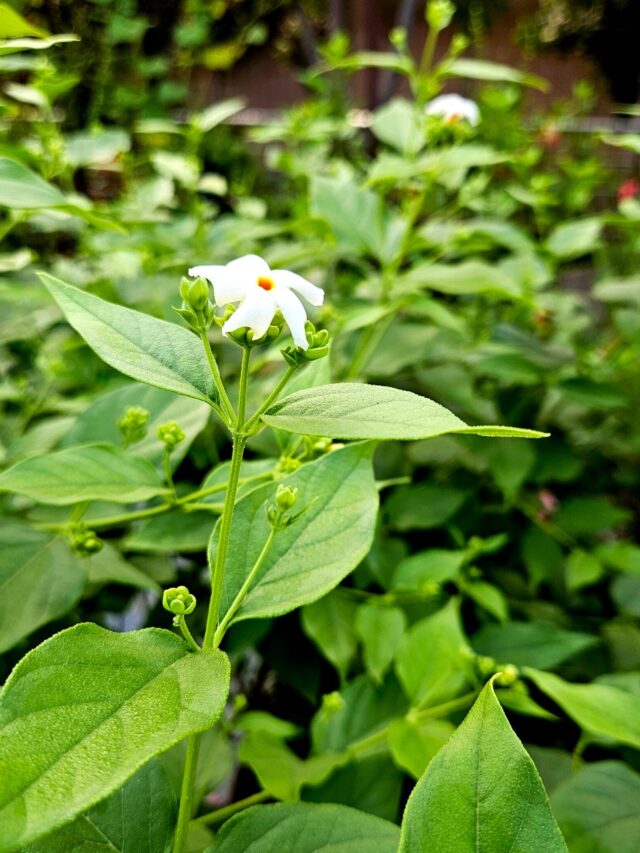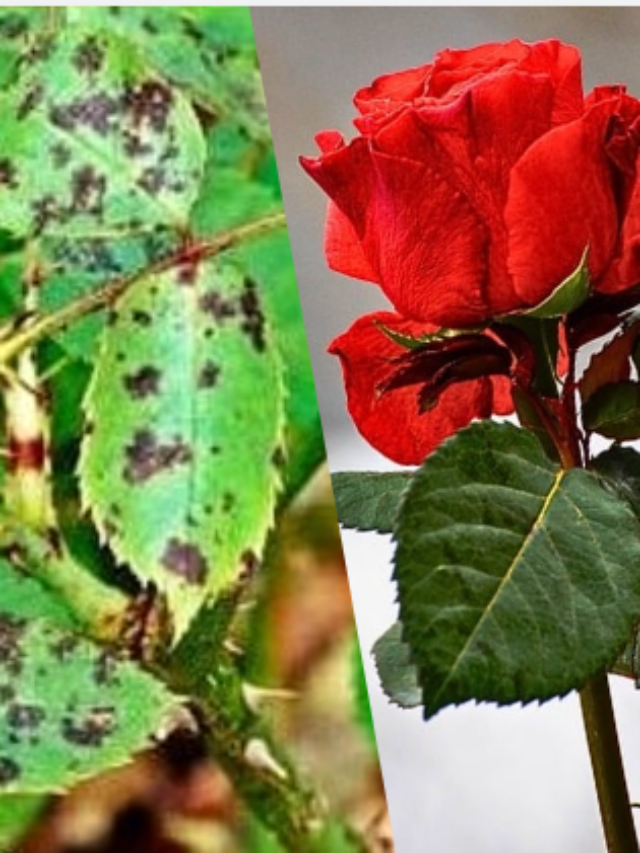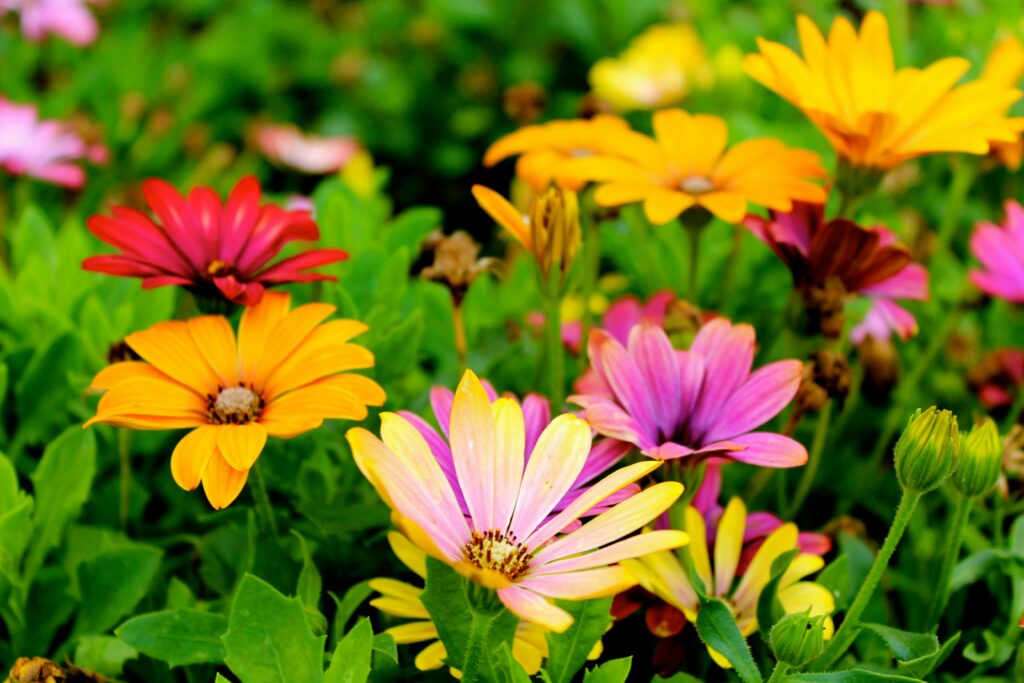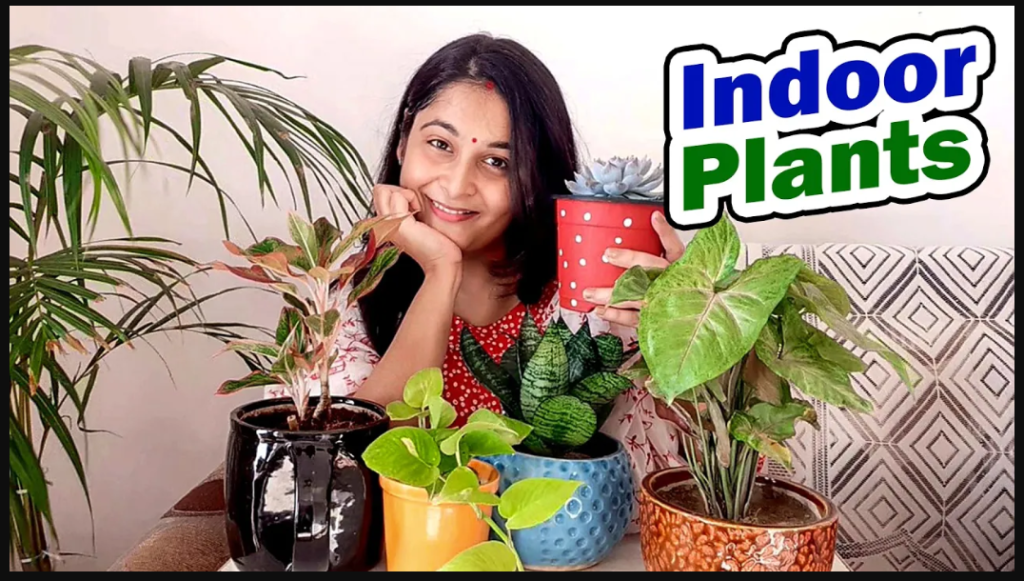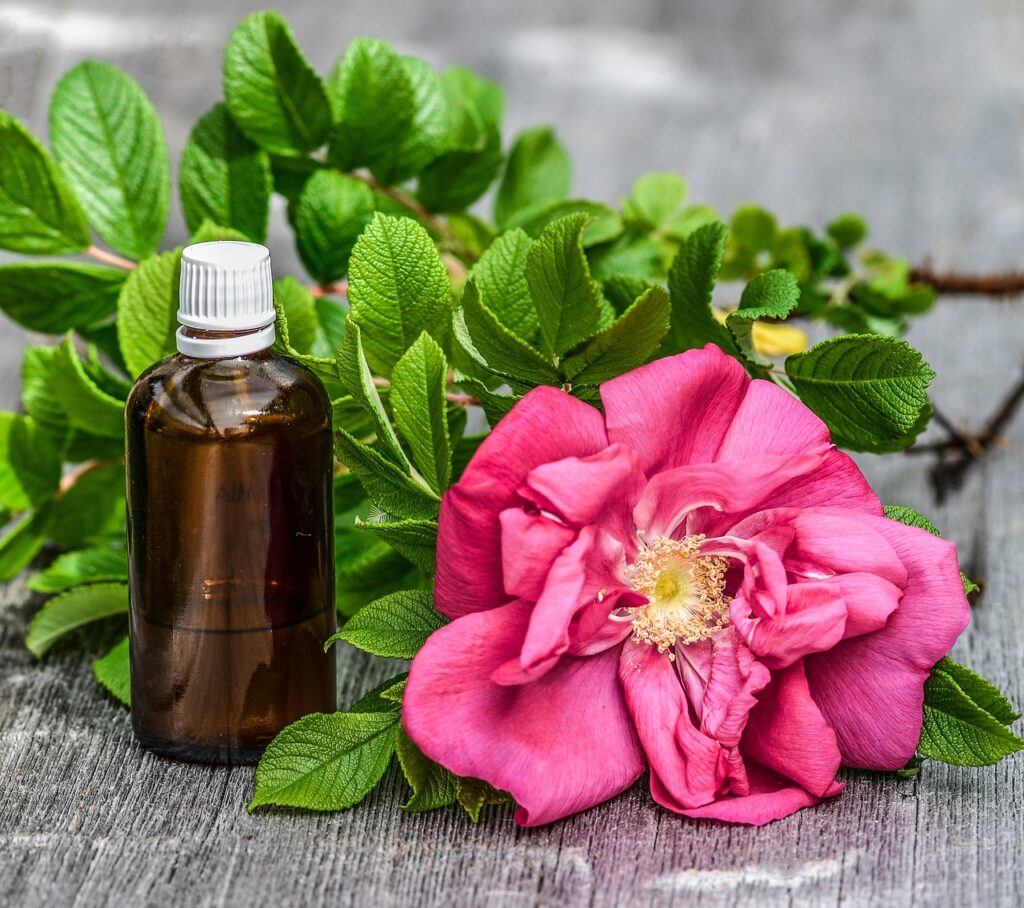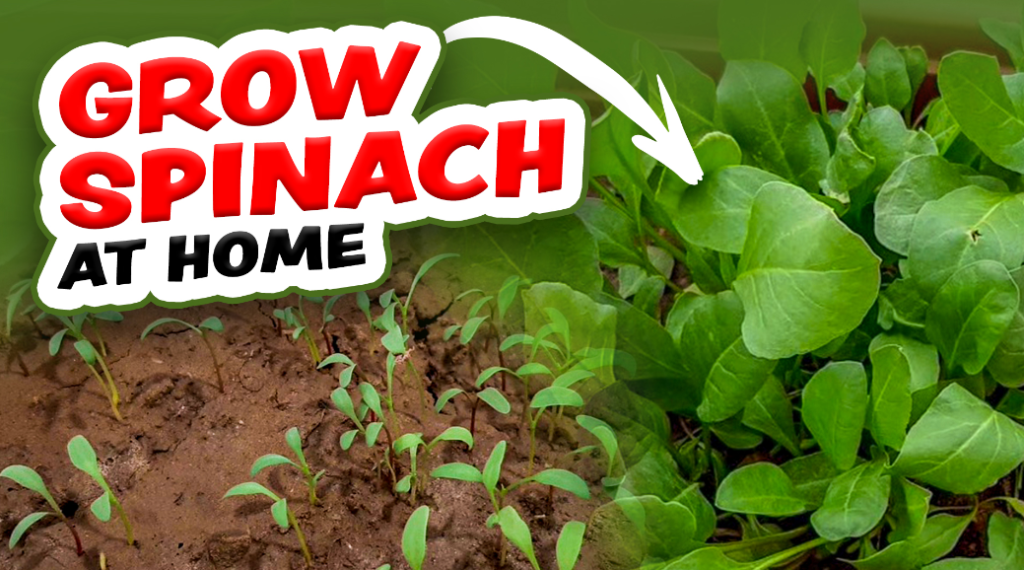Today, we will explore some of the finest perennial flowers ideal for cultivating in home pots. Not only do these plants enhance the beauty of our living spaces, but they also impart a touch of elegance to their surroundings.
With proper care and maintenance, these plants can endure for extended periods. Let’s delve into a selection of robust flowering species that are essential for any home garden:
- Perennials: Flourishing for years once established.
- Aromatic Blooms: Offering delightful fragrances.
- Medicinal Properties: Boasting health benefits.
- Pollinator Attraction: Drawing beneficial insects.
- Adding Beauty, Color, and Vitality: Elevating the ambiance of your surroundings.
Here is a list of super hardy plants that effortlessly elevate your garden to a next level status with minimal care and attention.
- Hibiscus
- Portulaca
- Vinca (Sadabahar)
- Bougainvillea
- Jasmine (Mogra)
- Clitoria (Aprajita)
- Night Jasmine
- Chrysanthemum (Guldaudi)
- Rose
1. Hibiscus

Hibiscus is commonly grown outdoors and is often associated with the warmth of summer. It holds symbolic significance across various cultures, representing luck and auspiciousness.
Medicinal value:
- Its flowers are prized for their medicinal properties, often dried for use in hair oil production.
Sunlight:
- Hibiscus requires ample sunlight, at least 5-6 hours daily.
Care Tips:
- Overwatering may hinder flowering and cause yellowing of leaves, while underwatering can also result in yellow leaves, hence a balanced watering approach is essential.
Attract pollinators
- They attract pollinators such as birds, butterflies, and honeybees, contributing to the biodiversity of your surroundings.
Resilience:
- Despite challenges, hibiscus plants are resilient, thriving for years with proper care.
|
Must read: |
2. Portulaca
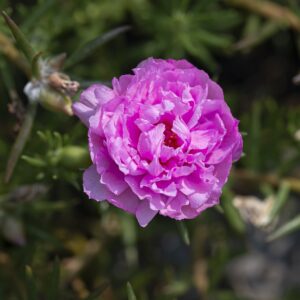
Portulaca, also known as “9 o’clock,” earns its nickname because it blooms around 8-9 o’clock in the morning and withers by evening. They are typically summer plants and are best obtained from nurseries during the summer months.
Appearance:
- Portulaca plants have a grass-like appearance without stems or branches, adding to their beauty.
Sunlight:
- It thrives with at least 4-5 hours of sunlight and can endure extreme summer conditions.
Care tips:
- Portulaca has modest water needs and prefers watering in instalments, as it dislikes excessive moisture.
This plant is exceptionally hardy and requires minimal care, making it an excellent choice for any gardener.
3. Vinca
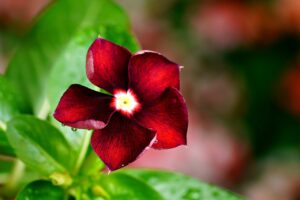
Vinca, also known as “Sada Bahar,” “Winka,” or Periwinkle, is a quintessential summer plant. Desi varieties of Sada Bahar are available in nurseries year-round, while hybrid Vincas are typically found during winters.
Medicinal value:
This plant also holds medicinal value, with its leaves being used in the manufacture of various medicines.
Sunlight:
- Provide at least 4-5 hours of sunlight daily by placing the plant in an open area.
Care tips:
- Watering should be done when the soil is dry, as Vinca is prone to fungus, overwatering and multiple exposure to rain water should be avoided, limiting watering frequency.
With its minimal care requirements and exquisite beauty, Vinca is a wonderful addition to any home garden.
|
Must read: |
4. Bougainvillea
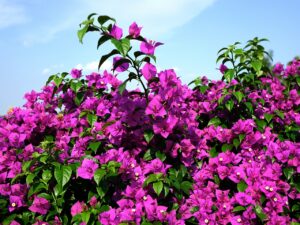
Bougainvillea is a remarkable and timeless flowering plant, renowned for producing an abundance of flowers that often outnumber its leaves. It is a outdoor summer plant that retains its blooms even in winter but with reduced flowering.
Sunlight:
- It thrives in maximum sunlight exposure, ideally receiving at least 6 hours of sunlight daily, although 8 to 10 hours is optimal for prolific flowering.
Care tips:
- It requires minimal watering; only water when the soil is excessively dry. Regular pruning is essential to encourage flowering; otherwise, it may become a sprawling plant with only leaves and thorns.
Bougainvillea can add a touch of elegance to any corner of your garden or balcony, enhancing its beauty and charm.
5. Jasmine (Mogra)

Jasmine is a fragrant plant with various medicinal and cosmetic uses, often employed in perfumery. Primarily a summer plant, it is commonly found in nurseries during the warmer months.
Sunlight:
- Jasmine thrives in good sunlight, preferably 3-4 hours a day, avoiding scorching conditions.
Care tips:
- If the flowers lack fragrance, micronutrient-rich fertilizers like seaweed fertilizer, vermicompost tea, or onion peel liquid fertilizer can be applied.
Considered auspicious and lucky, Jasmine is a revered plant known for creating a tranquil environment filled with peace and serenity.
|
Must read: |
6. Clitoria (Aprajita)
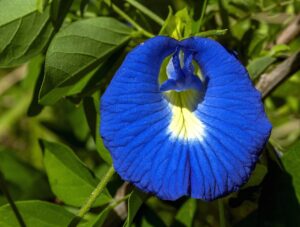
Clitoria, also known as Aprajita, is a medicinal plant prized for its flowers, which are used to make tea and are appreciated by many.
Sunlight:
- It requires a minimum of 6 hours of sunlight daily; without direct sunlight exposure, it will produce leaves but not flowers.
Care tips:
- Water should be given when the soil is dry.
- When the flowers bloom, they give way to fruits, and once these fruits dry, seeds can be harvested from these fruits for planting in the spring, resulting in beautiful Clitoria climbers.
This plant is easy to care for, requiring minimal fertilizers, pruning, and being less prone to pest attacks.
7. Night Jasmine (Parijat)

Night Jasmine, also known by numerous names such as Harshringar and Parijat holds significant value for religious ceremonies and is widely used in offerings to deities.
Medicinal value:
- It has various medicinal benefits. Its leaves concoction is particularly renowned for its ability to cure fever.
Sunlight:
- Adequate sunlight, ranging from 6 to 8 hours, is crucial for its growth.
Blooming:
- Blooming usually commences at the beginning of autumn.
Care tips:
- The soil should be soft, porous, and well-drained, as it cannot survive in clayey soil.
- Careful watering is essential for its well-being.
With its beauty, fragrance and cultural significance, Night Jasmine is indeed a plant that would enhance the ambiance of any home.
|
Must read: |
8. Chrysanthemum (Guldaudi)
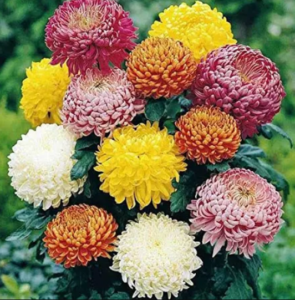
Chrysanthemum, also known as Guldavari, is indeed a stunning plant with a wide array of colours and varieties. It thrives as a winter plant, although it can survive for a year, its actual growth and flowering peak during the winter months.
Medicinal value:
- This plant holds medicinal significance, making it an essential addition to any herbal garden.
Sunlight:
- Chrysanthemums require ample sunlight, ideally 4-5 hours a day, although they can tolerate more if available.
Care tips:
- During intense heat, it is advisable to provide shade or cover with a green net to prevent scorching.
- However, the process of densifying the plant, such as repotting, pinching, and changing the soil, should ideally begin during the monsoon season to ensure optimal development.
With its vibrant blooms and cultural significance, Chrysanthemum is a delightful addition to any outdoor space.
|
Must read: |
9. Rose
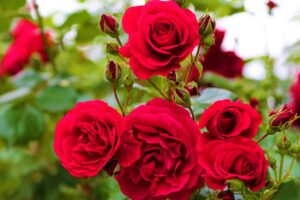
Roses, the epitome of beauty, indeed require regular care to flourish and they are available in two main categories: hybrid and native.
- Native roses are known for their aromatic fragrance and hardiness, typically found in red and white colours.
- On the other hand, hybrid roses come in numerous colours but often lack fragrance.
Medicinal value:
- Rose petals have versatile uses, including making rose water, medicines, and gulkand, a sweet preserve.
Sunlight:
- Adequate sunlight is crucial for their growth, although they should be protected from extreme heat by providing shade.
Care tips:
- During autumn, it is essential to ensure roses receive maximum sunlight to encourage flower production.
- The soil of rose plant should be moist but avoid overwatering.
- As heavy feeders, roses require a consistent supply of nutrients and water.
|
Must read: |
All of these nine plants can elevate the beauty of any garden to the next level and provide flowers for years to come. By incorporating these beautiful and hardy flowering plants into your garden, you can create a truly enchanting outdoor space.
Happy Gardening !
Make Your Own Garden!
